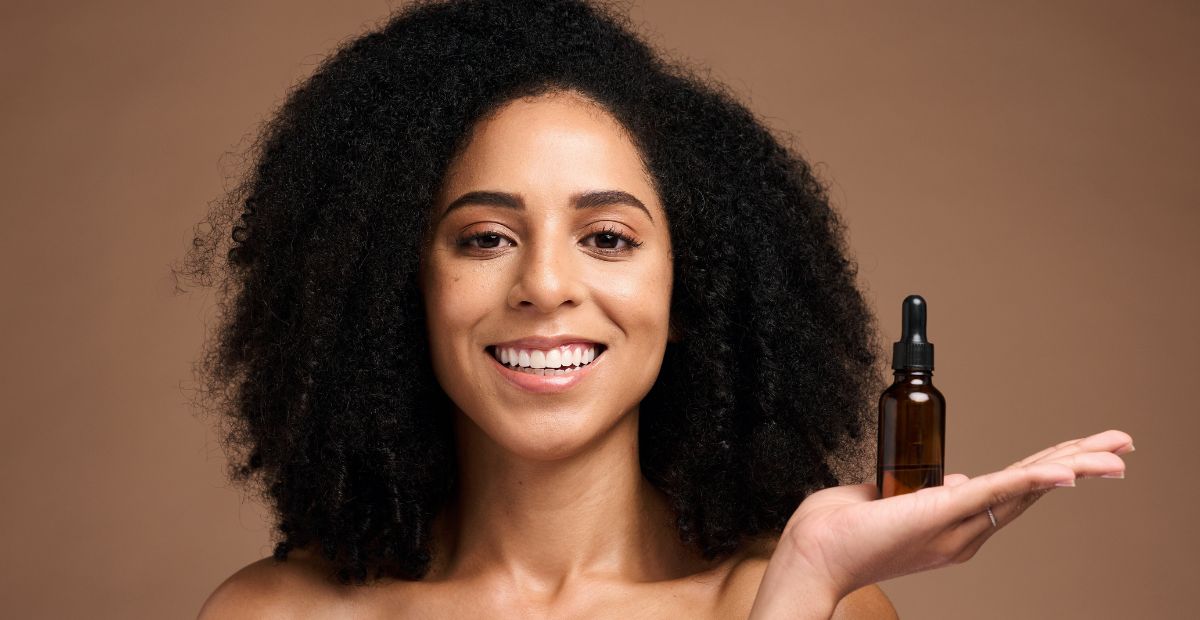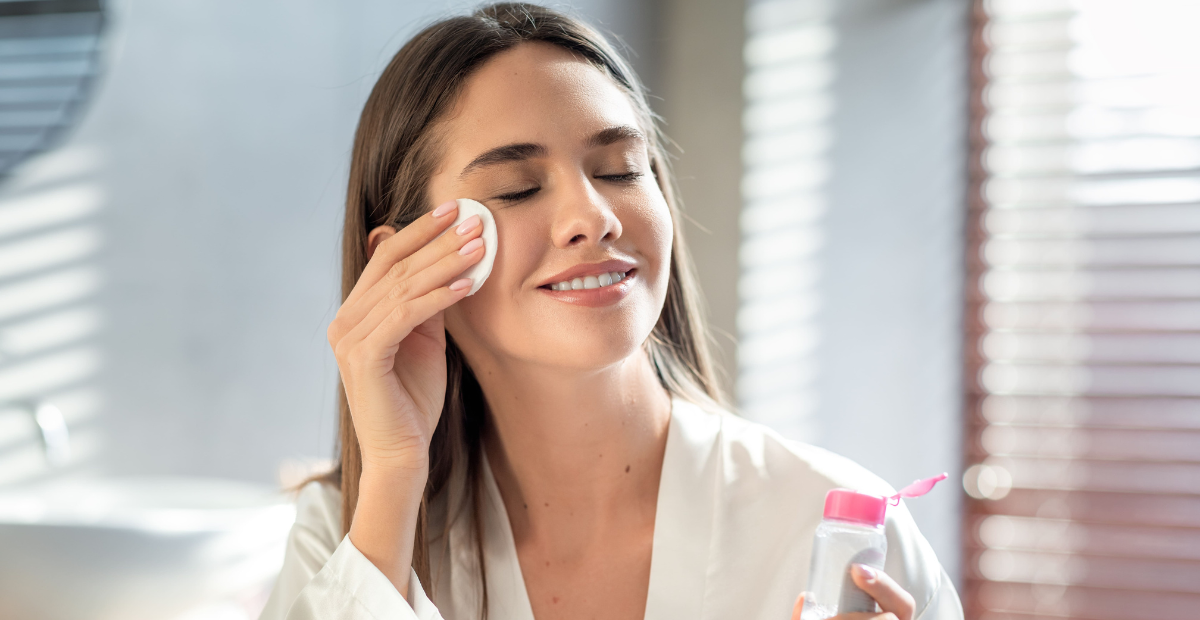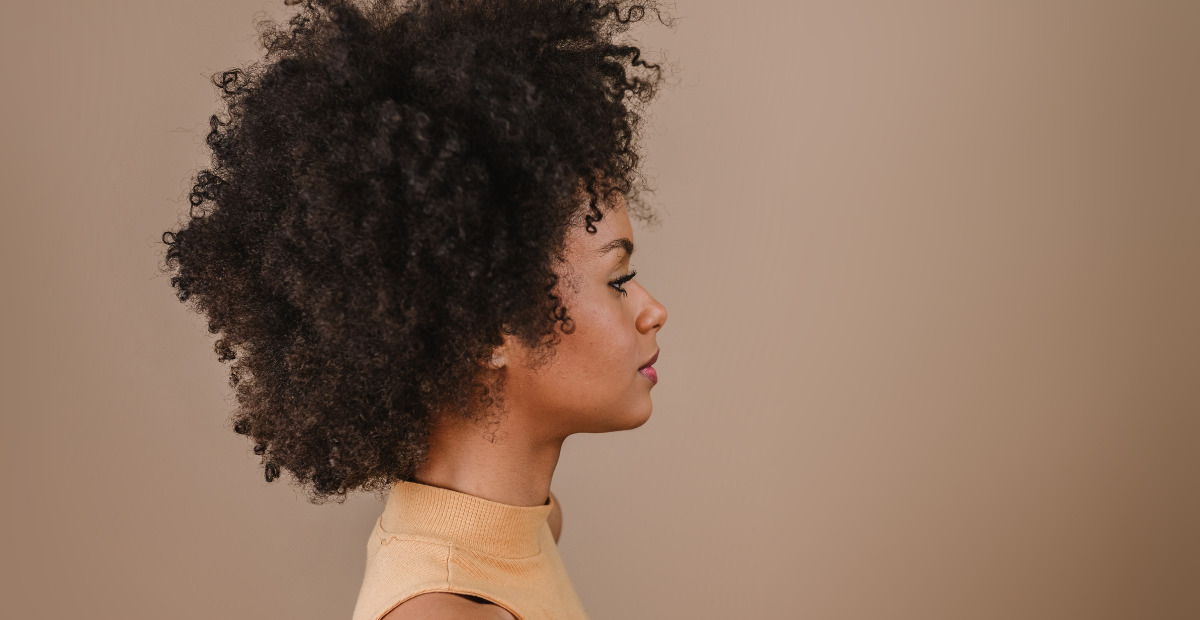Skin Barrier Fundamentals: How to Protect and Repair It
Onskin Content Team
Your guides through the skincare chaos
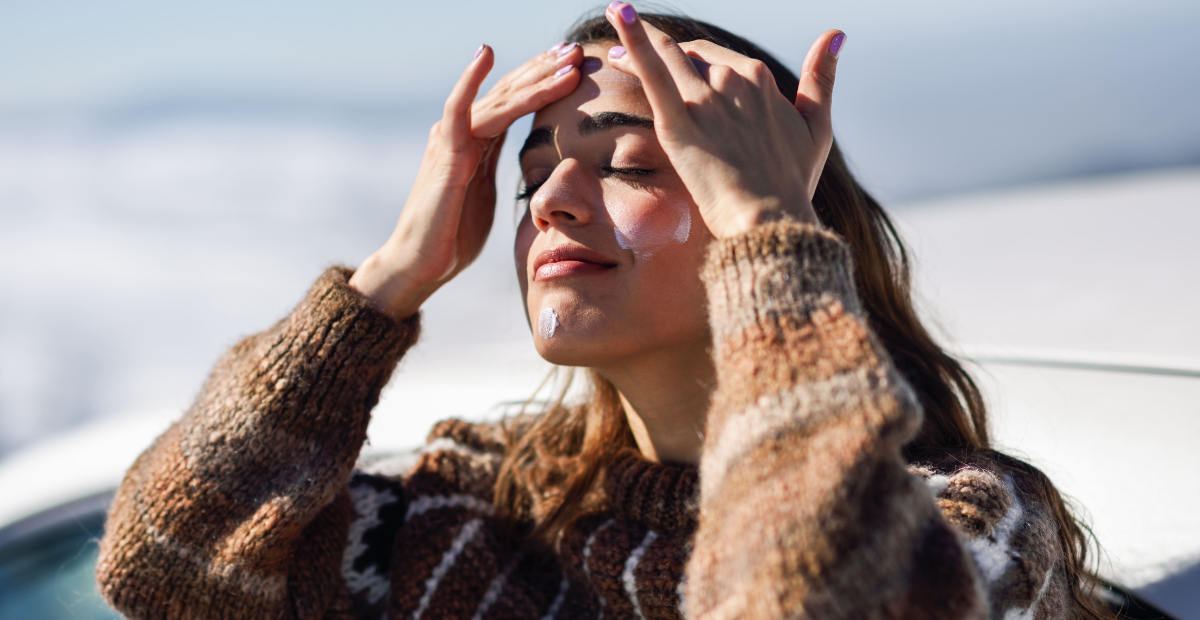
Let’s say there’s a fortress that keeps your body protected. It’s strong and capable of withstanding daily assaults of pollution, sun, and harsh weather. But with time its walls become damaged, letting harmful elements through. The result is unpleasant—dehydrated, sensitive, and irritated skin. This fortress is your skin’s barrier—a fragile layer that no one pays attention to until it’s damaged. Understanding how to safeguard and mend it when broken is vital if you want to have glowing skin twenty-four-seven.
What Is the Skin Barrier?
Ultraviolet radiation, bacteria, allergens, and some other threats are constantly trying to penetrate into our organism. The shield that stops them from that is the skin barrier.
It’s situated in the stratum corneum which is the outermost element of our skin. Being the first to combat external threats, it undergoes a continuous process of self-repair. The layer is composed of dead, keratin-filled cells bound by lipids, holding moisture and maintaining elasticity.
These keratin-rich cells, though no longer alive, detoxify and protect our skin. If the layer is endangered, it can lead to accelerated aging, dry skin, and discomfort.
What Damages the Skin Barrier
Age. Our skin ages together with other organs. First, it becomes tighter. Second, the body starts to lose more water. Third, the collagen fibers, as well as elastin ones, that are responsible for maintaining firmness start to degrade. Moreover, our immune defenses weaken because the organism loses more protective cells. Together, it makes our skin harder to defend itself, being exposed to infections and even some types of cancer.
Sun. Though it doesn’t affect the stratum corneum stiffness, the strength of the layer and cell bonds weaken, especially in a moist condition. Ultraviolet also disrupts lipid and protein structures, reducing lipid fluidity and hydration at deeper levels. These changes won’t come straight away but can appear over time, making the chance of barrier damage higher.
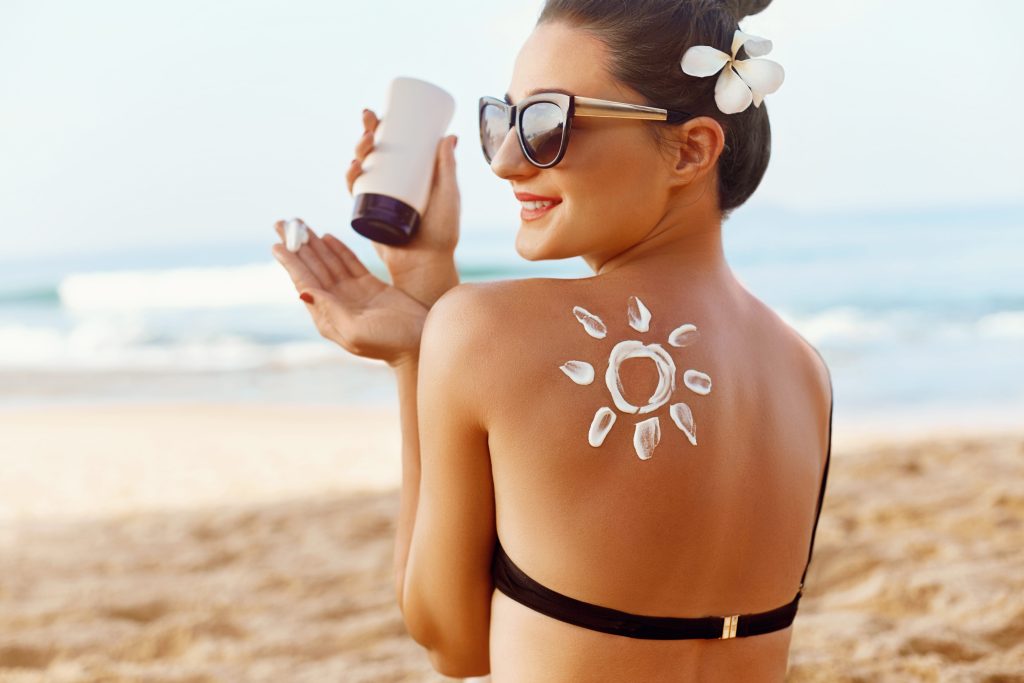
Injuries. A physical injury breaks the integrity of your skin, potentially allowing bacteria, viruses, and other organisms and substances to pour in your body.
Stress. Stress hormones harm the barrier by reducing the levels of lipids and structural proteins. This leads to dehydration.
Low temperatures. Low humidity and cold weather impair the protective layer and reduce its ability to shield against mechanical stress.
Pollution. Researchers have connected pollution to numerous skin problems, including hives, acne, premature aging, and inflammatory conditions. Pollutants that get inside the skin reduce its antioxidants, leading to additional damage.
Irritating products. Improper cleansing and harsh products can lower the hydration level in the protective layer.
Damaged Skin Barrier: How to Recognize
There are several symptoms to pay attention to:
- Decreased elasticity
- Dryness and itchiness
- Skin complexion changes
- Visible symptoms of infections
- Wrinkles
Protection and Repair
The general rule is to avoid factors that harm your skin barrier. While we don’t (thankfully) have an opportunity to use a substance, as in the eponymous movie, to make a younger version of ourselves or age in reverse like one of Brad Pitt’s famous characters, there are still a few effective steps you can implement.
Pick helpful ingredients
Scientists say that optimal skin care, including gentle cleansers and moisturizers, is key in managing acne, psoriasis, rosacea, xerosis, and eczema. Moisturizers, for instance, contribute to skin hydration.
Key components to seek in a moisturizer include:
- Humectants such as hyaluronic acid and glycerin, which draw moisture to hydrate its inner layers.
- Ceramides, which replenish natural fats and help prevent loss of moisture.
- Occlusives, such as lanolin, which create a shield on your skin.
Scientists also recommend that skincare products maintain a pH range of 4.0-5.0. The skin’s naturally acidic pH is crucial for your skin to regenerate. However, soaps and cleansers can disrupt the acidity and the barrier.
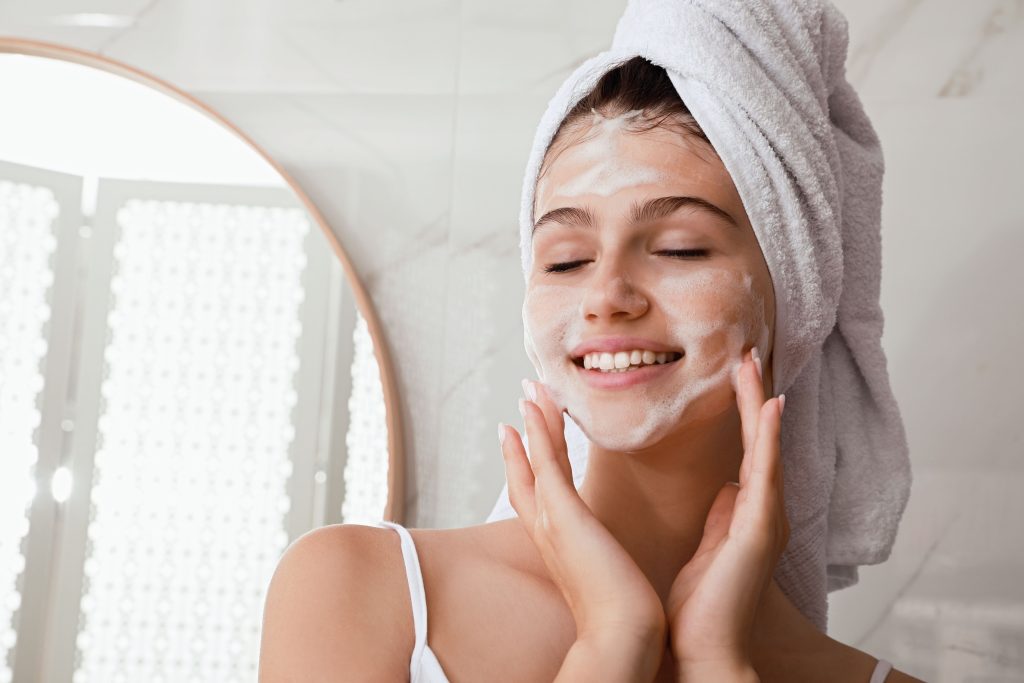
To cope with loads of products, ingredients, and pH levels, take the OnSkin app on board. All it requires is a photo of the product or its barcode, the app will handle the rest. It’ll identify which ingredients are safe and which you’d better stay away from, and analyze whether they are suitable for your skin type (normal, dry, combination, oily) or may have an adverse effect.
Don’t turn up your nose at sunscreen
The American Academy of Dermatology says you can use a sunscreen that satisfies three conditions. It should:
- include broad-spectrum protection to block UVA and UVB rays;
- be waterproof;
- have SPF 30 or higher.
There’s a science to how to apply sunscreen correctly. If you want to become proficient, check our guide on the most common sunscreen mistakes to avoid.
Unfortunately, just using sunscreen isn’t sufficient to be 100% sure your skin is protected. Dermatologists also suggest these additional precautions:
- Search for shade between 10 a.m. and 2 p.m. Find a place to hide if you’ve noticed that your shadow is shorter than you.
- Wear clothes that will hide your skin from the sun. You may stick to shirts with sleeves, pants, and sunglasses. A hat will also be a good call.
- Say no to tanning beds. UV light from them can cause premature wrinkles. What’s more, it contributes to a higher risk of skin cancer. So, if you enjoy a tanned look, consider using a self-tanner. Anyway, sunscreen in that case can’t hurt.
Consume water
Water and water-rich ingredients, like watermelon, zucchini, and tomatoes, are just perfect to hydrate yourself.
However, a recent study involving female participants found that while daily water intake does support skin barrier function, applying moisturizers has a more significant impact on skin hydration than water intake alone.
FAQ
-
Where do I start with OnSkin?
Download the app and think of a product you’d like to know more about. Then, go to the main screen and choose how you’d like to get the info —by manually looking it up in the search bar, by scanning its barcode, or by simply taking a picture of the packaging. Once you’ve done any of these, you can see how safe the product is and if it suits your skin or hair (if this analysis is available).
-
What is Safety Rating, and how is it calculated?
In OnSkin, we base product rates on ingredients. Each is closely studied by our medical team and then evaluated. This way, each product gets a score from 0 to 100, with 100 as the safest level.
Safety Levels
- Excellent (76–100)
- Good (51–75)
- Not great (26–50)
- Bad (0–25)
These scores are backed by the latest scientific studies. You can find links to the resources we’ve used on each ingredient page. To assess the safety of product ingredients, we evaluate them according to the following parameters/criteria
- Endocrine disruption risk / Reproductive toxicity
Indicates the probability of mimicking, blocking, or interfering with the body hormones.
- Сarcinogenicity
Measures the potential risk of inducing cancer.
- Allergy risk
Estimates the probability of an allergic reaction.
- High concentration alert
Determines the risk of being unsafe in certain amounts.
-
What is Skin Match?
Based on the info you input about your skin type, age, skin care goal, and other “settings,” OnSkin checks how well a product is tailored to your unique skin needs — it’s basically like a dermatologist helping you find the right products, minus the fees and the long wait. The product you’re checking might be labeled as It’s a match!, Hit-or-miss, or Not a match for you. The app also detects ingredient groups such as Anti-acne, Anti-inflammatory, Moisturizes, May be drying, Comedogenic, and others — by tapping one, you see exactly what ingredients from this or that group are in the product.
-
I seem to have a problem with using the app. Who should I contact?
Please reach out to us at [email protected], and we’ll carefully look into your issue. Your ideas for improving the app are also very welcome!
-
Do you have an Android version?
Not yet! Hey Android users, we hear you, and we're thinking about making an Android version, but we haven't started the development yet.
Tracker Sent!
It’s on the way to your inbox.


